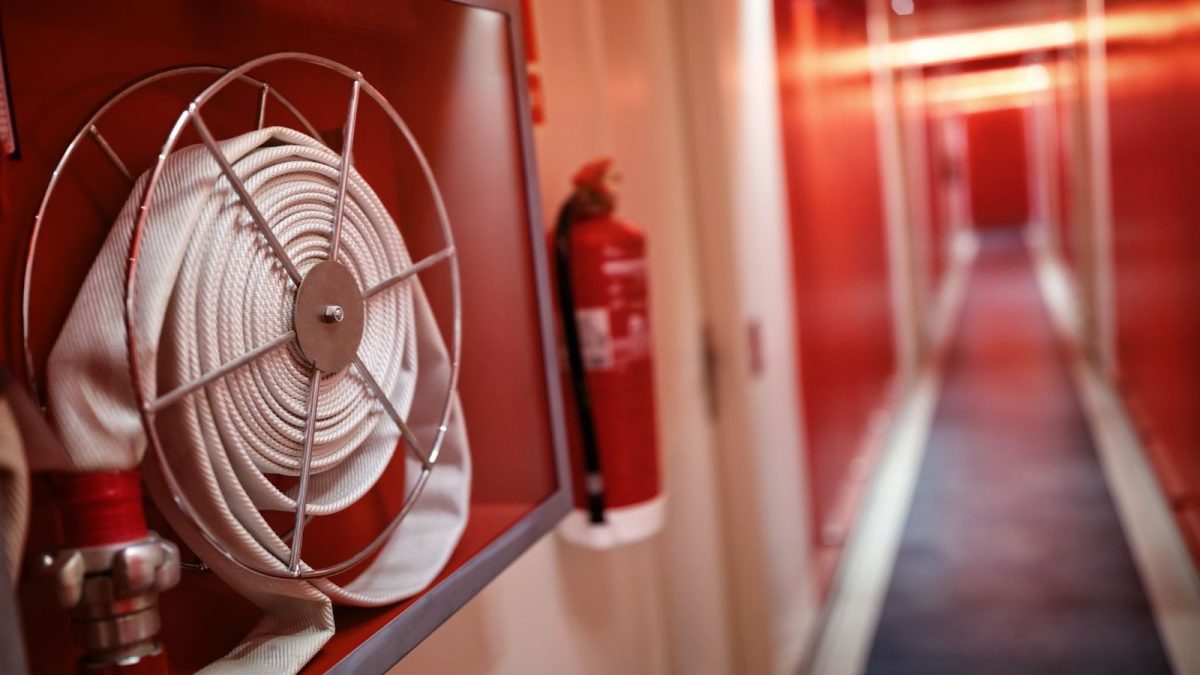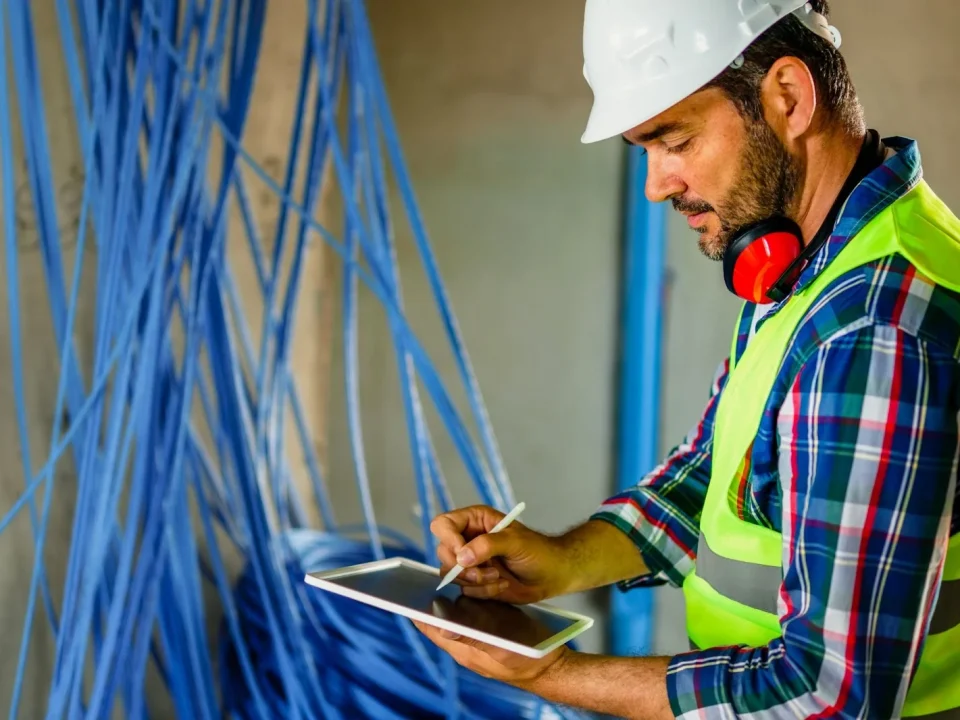The Future of Fire Prevention and Fire Response


Computer technology has advanced further than the general user could understand. In recent years, computer vision or AI (artificial intelligence) has provided a fire security solution that commercial and domestic users can be excited about. The ability of your CCTV camera to detect the presence of fire and alert you (or emergency responders) is a revolutionary step towards safety.
What Is CCTV Fire Detection?
A CCTV fire detection system is capable of identifying flames and sending pre-programmed alerts to specific users so that swift action can be taken to resolve the situation and prevent unnecessary harm or damage.
While a traditional CCTV system might simply capture moving images of fire, CCTV fire detection uses in-built algorithms to recognise when flames break out. Essentially operating as a ‘smoke detector camera’, computer vision enables CCTV fire detection systems to identify flames at an early stage. As a result, small fires can be dealt with quickly and without posing a threat to life.
How Do Infrared Fire Cameras Work?
Infrared fire cameras use thermal imaging to identify areas in which temperatures exceed a specific point. A thermal imaging camera works by measuring the infrared radiation that is being emitted by an object. Most cameras will assign a colour to the image on-screen, based on the amount of infrared radiation that is present. In practice, these colours provide a quick snapshot of objects and areas based on how hot they are.
As house fires can range from 600 – 1,500°C and commercial fires can get even hotter, it’s relatively easy for flames to be picked up via thermal imaging. In fact, firefighters often use handheld thermal imaging cameras when putting out fires, which shows just how effective they can be.
Who Should Use Fire Detection Cameras?
CCTV fire detection and infrared fire cameras can be used in virtually any environment and are suitable for use in both residential and commercial premises. As people become more familiar with the infrared and computer vision technology that underpins these cameras, an increasing number are choosing to install these advanced systems in their homes and businesses.
Although fire detection cameras can be advantageous in any type of property, they are particularly valuable in large areas or buildings with high ceilings. This is because standard smoke detectors can take a considerable amount of time to alert you if a fire breaks out. The larger an area is or the higher the ceiling is, the longer it takes for the smoke to reach the detector, thus an elevated risk of damage, harm, injury, and death occurs.
By using fire detection cameras in these spaces, you can ensure that you’re alerted as soon as a fire breaks out, regardless of how much smoke is produced or how long it takes to reach a standard smoke detector. This enables a more rapid response and mitigates the risk of harm to people and property.
When to Carry Out a Fire Risk Assessment
To determine whether CCTV fire detection, infrared fire cameras, or any other type of fire safety measures are best suited to your needs, it’s important to carry out a detailed fire risk assessment. This can identify potential risks in your current fire safety procedures, enhance building protection, and help businesses comply with the Fire Safety Act 2021.
Although a fire risk assessment is an important element of optimising your site safety, it’s vital that any assessments are carried out by experienced personnel. With enhanced expertise and in-depth knowledge of fire safety, our teams can complete accurate and comprehensive fire risk assessments to provide you with the information you need to optimise fire safety.
Of course, a fire risk assessment shouldn’t be viewed as a one-off activity. To maximise safety, regular fire risk assessments should be carried out. If the way a building is used changes, for example, different fire risks can emerge. By conducting regular assessments, you can ensure that your fire safety measures remain up to date and that your fire safety technology provides the best level of protection.
What Type of Fire Prevention Equipment is Right for You?
There are many different options when it comes to fire protection and the size of the premises, as well as its uses, will have a significant impact on which type of equipment is most effective. While you’ll need a full fire risk assessment to develop a custom fire prevention plan and ascertain exactly what type of devices can offer the best protection, it is worth noting that the latest technology can significantly improve fire safety in most environments.
As the future of fire prevention evolves, you can minimise the risk of fires in or on your property by using the latest technology to increase fire safety.
By upgrading to computer vision CCTV fire detection, for example, you can drastically reduce alert times so that fires are identified and put out more quickly. Similarly, an infrared fire camera can make it much easier to determine where and when fires break out, thus improving response times and enhancing safety.
Do You Need a New Fire Prevention System?
If you have an existing fire prevention or fire response system in place, there’s no need to rip it out and start from scratch. Instead, assessors will incorporate existing systems into their report and determine whether current fire safety protocols are sufficient or whether improvements are necessary.
In many cases, it’s possible to improve the performance of fire safety and fire prevention plans simply by supplementing existing system setups with additional technology. By integrating CCTV fire detection alongside smoke alarms and rapid response alerts, for example, you can improve the performance of your system as a whole.
Learn More About Fire Prevention from Edmont
New fire prevention technology is being developed all the time and at Edmont, we’re at the cutting edge of these advancements. From bespoke fire prevention systems in new builds to system optimisation in existing premises, our experienced team can help you to find the fire safety solutions your business needs. To learn more, contact Edmont now on 01793 825765 or email us at mep@edmont.co.uk


